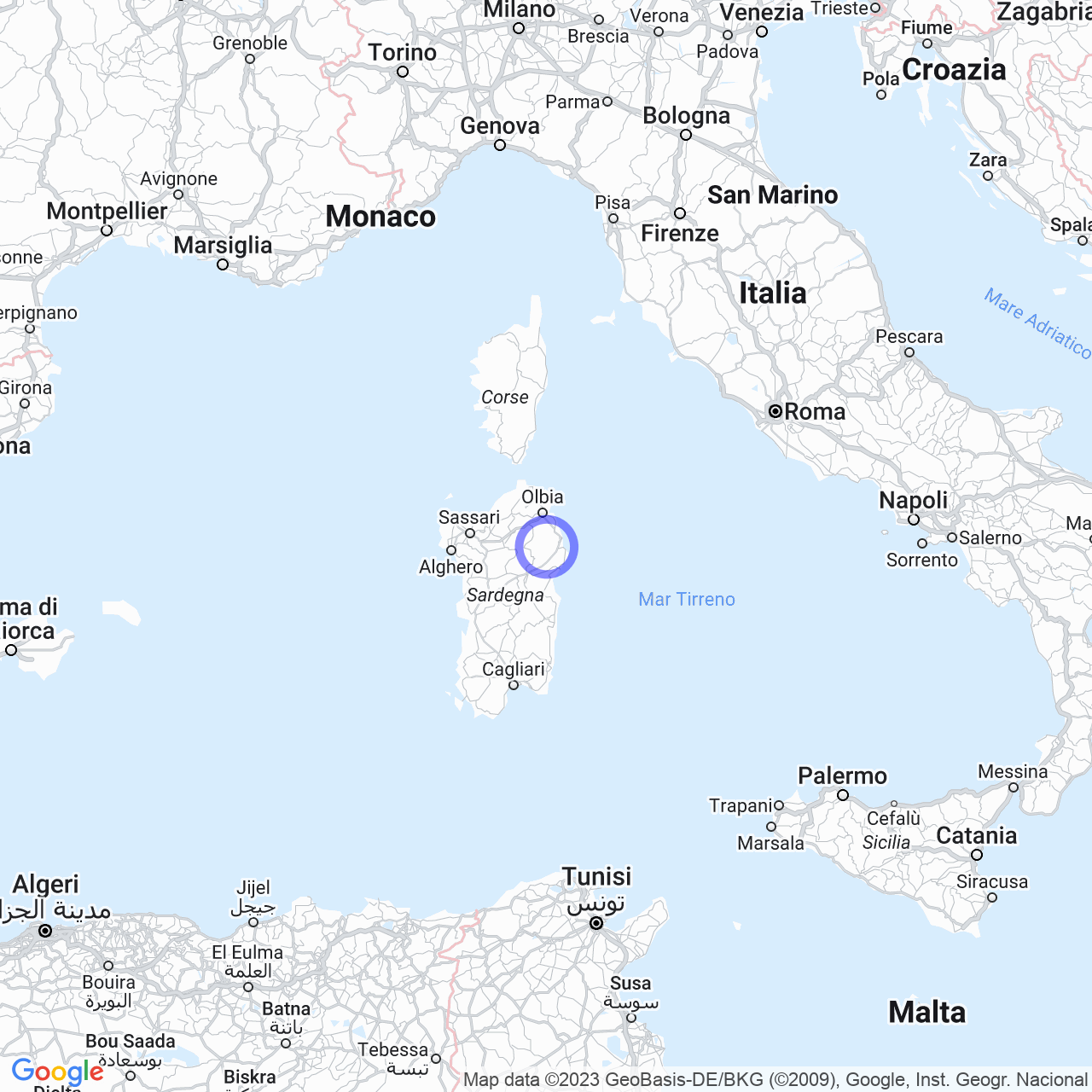Lodè
Lodè: a hilly-mountainous town with a warm and variable climate
Located at the foot of Monte Calvario, on the border between the provinces of Nuoro and Sassari, the municipality of Lodè covers an area of over 60 square kilometers, with an elevation range of 1041 meters. The municipal territory is mainly hilly and mountainous, except for the fertile areas south of the town, which are crossed by Riu Mannu. To the east, Mount Montalbo borders the municipality of Siniscola, while to the south, we find the municipalities of Lula and Onanì. Lodè also borders the municipalities of Bitti to the west and Torpè, Padru and Alà dei Sardi to the north.
The climate of Lodè is characterized by warm temperatures in spring and summer, with variable precipitation from year to year. There are years with intense rainfall and others that are extremely drought-prone, with dry periods that can last up to five or six months.
History: from Nuraghi to the present day
The area where Lodè now stands has been inhabited since pre-Nuragic and Nuragic times. In the Middle Ages, it was located on the western border of the Gallura judicate, in the curatoria of Posada, and was required to defend it with a contingent of one hundred armed men. With the fall of the judicate (around 1296), the territory came under the rule of Pisa until 1323, when it passed under Aragonese domination. The Aragonese transformed Lodè into a feud in 1431, and it was incorporated into the Barony of Posada. In the 17th century, it was incorporated into the County of Montalvo, which was a fiefdom of the Masons. In the 19th century, with the abolition of the feudal system wanted by the Casa Savoia, Lodè passed to the Nin Zatrillas before becoming an autonomous municipality.
The coat of arms and the flag of the municipality of Lodè were granted by decree of the President of the Republic on October 30, 2008. The flag is a split cloth of blue and red.

Monuments and points of interest: nature and architecture
In addition to the Church of Sant'Antonio, some buildings from the ancient vicinato are preserved in the town, now subject to typological restrictions. However, the municipal territory offers many natural attractions thanks to its mountainous location. In fact, part of the Tepilora, Sant'Anna and Rio Posada Regional Natural Park falls within the territory of Lodè. The park includes the Sant'Anna forest complex, Mount Albo with its holm oak and strawberry tree forest, and part of the Usinavà demesne forest (known as "Sa Ghiniperaglia"), with its ancient holm oak and Mediterranean scrub.
Society: a decade of demographic decline
Lodè currently has 1,568 inhabitants. In the 1991 census, it had a population of 2,465, while in 2001, it had a 10.30% decrease, reaching 2,212 inhabitants. The decline in population is a common phenomenon in many small cities in Sardinia, where many young people leave their homes to seek employment in larger cities.
In summary, Lodè is a small Sardinian municipality with a strong historical and naturalistic heritage, as well as a decade of demographic decline. However, it is an ideal place for those seeking tranquility and natural beauty, immersed in mountains and forests.
